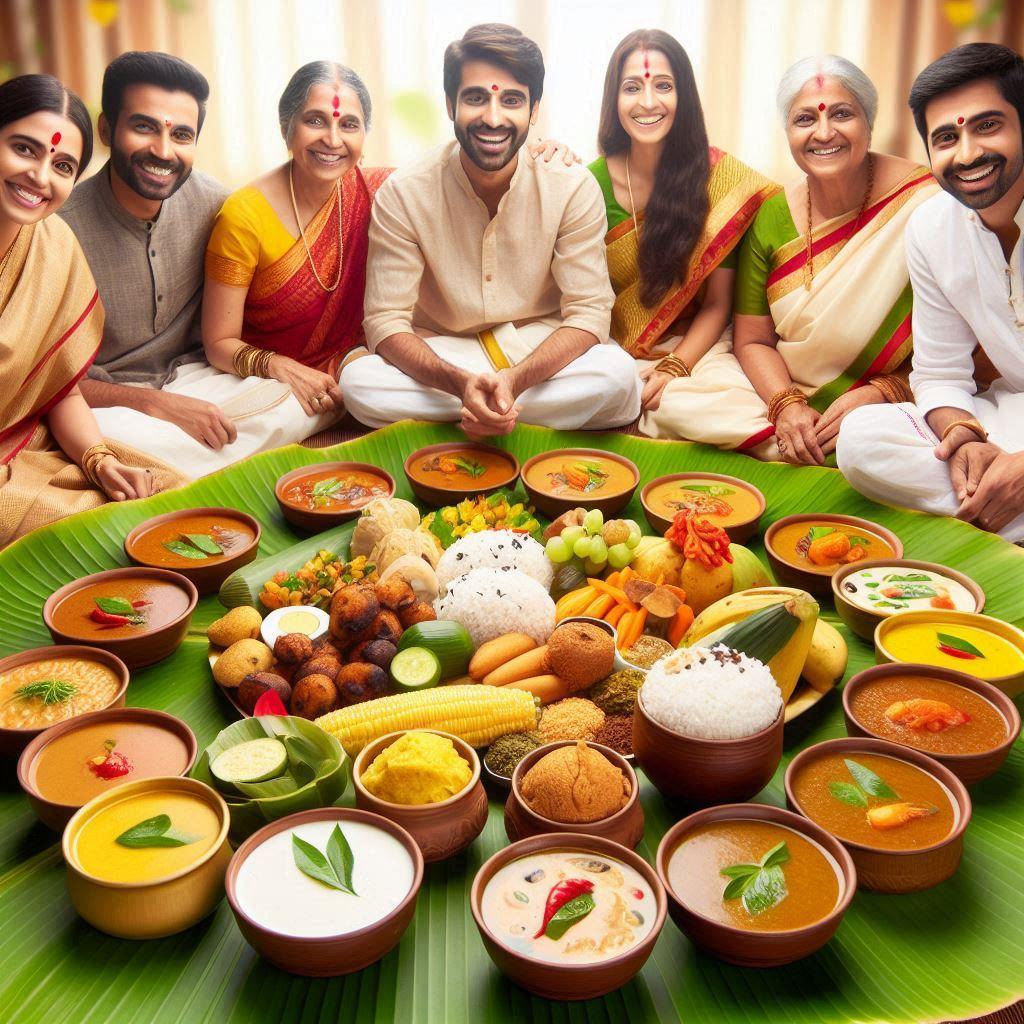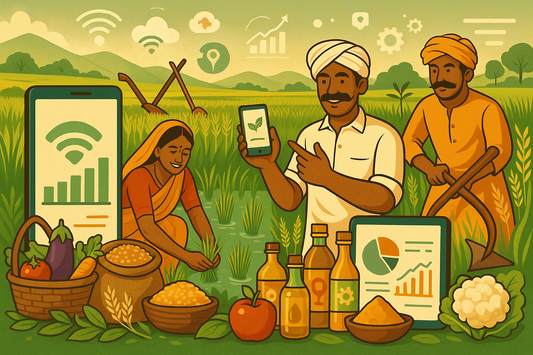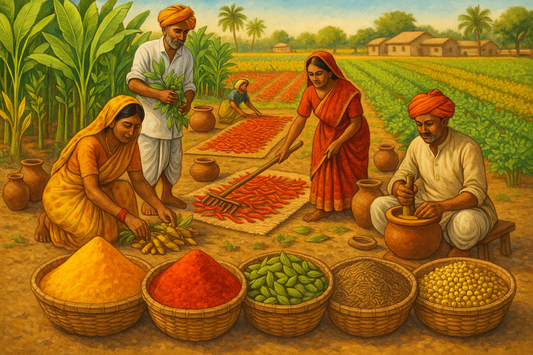
Onam
Share
Onam is a traditional festival celebrated in the southern Indian state of Kerala. It holds great cultural and historical significance for the people of Kerala, marking the homecoming of the mythical King Mahabali. This harvest festival is a time of joy, feasting, and colorful festivities.
What is the Legend of Onam?
The legend of Onam revolves around King Mahabali, a beloved ruler known for his generosity and kindness. According to mythology, Mahabali was a wise and just king who ruled over Kerala. However, his growing power and popularity worried the gods, especially Lord Vishnu. To humble Mahabali, Vishnu took on the form of a dwarf named Vamana and approached the king for a favor.
How is Onam Celebrated?
Onam is celebrated over a period of ten days, with each day holding special significance. The festival kicks off with Atham, the first day of the celebrations, and culminates with Thiru Onam, the most important day. People decorate their homes with intricate flower carpets called Pookalam, prepare elaborate feasts known as Onasadya, and participate in traditional dance forms like Kathakali and Pulikali.
What is the Importance of Onasadya?
One of the highlights of Onam is the grand feast known as Onasadya. This vegetarian meal consists of a variety of dishes served on a banana leaf. The feast typically includes rice, sambar, avial, thoran, and payasam, among other delicacies. Onasadya is a symbol of unity and prosperity, bringing people together to share a meal and celebrate the spirit of Onam.
Why is Onam Important?
Onam is more than just a festival; it is a time to honor Kerala's rich cultural heritage and traditions. The festival promotes unity, harmony, and goodwill among people, regardless of their background or beliefs. Onam showcases the vibrant culture of Kerala through music, dance, art, and cuisine, making it a truly unique and special celebration.








